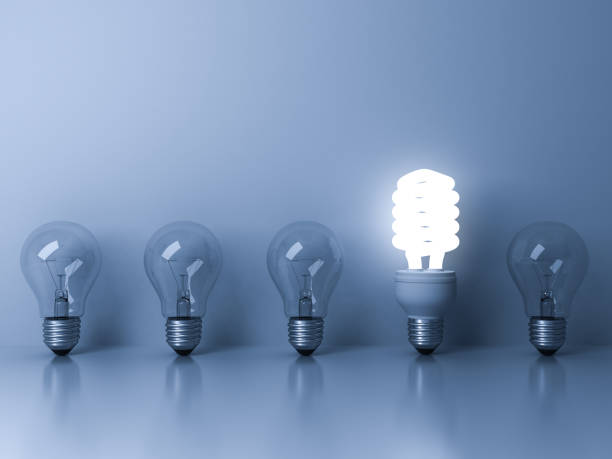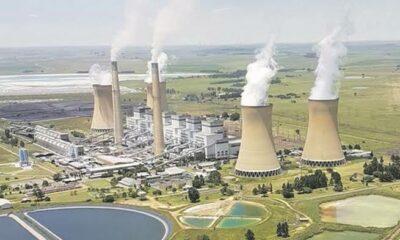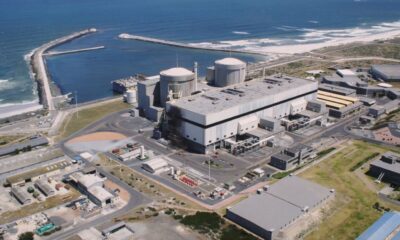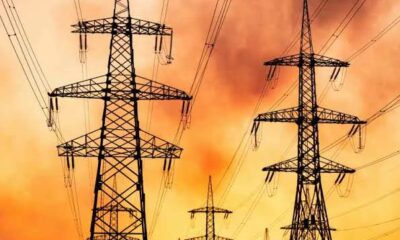Business
No More Blackouts: Inside South Africa’s New Plan to Keep the Lights On Forever

The End of an Era, or the Start of a New One?
For years, South Africans have lived by the rhythm of the load-shedding schedule: cook early, charge everything, and hope the power comes back before bedtime. But Electricity and Energy Minister Kgosientsho Ramokgopa says that era is coming to an end, permanently.
Last week, the Cabinet approved the Integrated Resource Plan (IRP 2025), a sweeping update to the country’s long-term energy roadmap. The minister calls it “the single biggest investment programme of the post-apartheid era.” Worth R2.23 billion in planned infrastructure investment through 2042, the IRP 2025 promises to secure enough reliable, affordable power so that South Africa “will never again be subjected to load-shedding.”
It’s an ambitious promise. But in a country where blackouts have shaped everyday life for more than a decade, it’s also one that carries enormous hope.
Building the Future Grid
Ramokgopa’s plan focuses on three pillars: balancing supply and demand, cutting emissions, and keeping electricity affordable. To do this, the energy mix will shift dramatically.
Over the next fourteen years, nuclear and gas power are expected to provide 16 percent of total generation capacity, up from just 3 percent today. Coal, long the cornerstone of South Africa’s grid, will shrink from 58 percent to 27 percent.
The minister also confirmed that the government will revive its modular nuclear reactor programme, aligning with global trends. “Fourteen of the world’s top financing institutions have already committed to supporting nuclear going into the future,” Ramokgopa explained. “So we are not limited to a handful of funders.”
Behind the technical details lies a simple goal: energy security. “There is no economy that grows if the lights are off,” he said. “No industry will invest here if we can’t guarantee electricity that is available, reliable, and affordable.”
The Price Problem
Beyond fixing the grid, Ramokgopa wants to tackle something that has quietly become just as crippling: the cost of electricity. Since 2007, Eskom’s tariffs have soared by 937 percent, while inflation climbed just 155 percent over the same period.
The minister told the National Council of Provinces this week that “the era of double-digit price hikes is over.” He said his department will finalise an electricity pricing policy review by March 2026, with the goal of linking future increases to inflation.
“We are getting to a stage where we can find a price path,” he said. “We want to move into a space where price increases are predictable and fair.”
Ramokgopa insists the review won’t happen “in smoke-filled boardrooms.” Instead, he plans a nationwide consultation process to ensure ordinary South Africans have a voice in shaping how electricity is priced.
A Turning Point for Eskom and the Economy
Energy experts have described IRP 2025 as a reset moment, an opportunity to rebuild public trust in Eskom and the government’s ability to plan ahead. If the targets are met, it could finally release the economy from the chokehold of unreliable power and soaring tariffs.
Still, the plan’s success depends on execution. Nuclear projects require long lead times, and Eskom’s financial position remains fragile. But for now, Ramokgopa’s message is clear: the lights will stay on, and the power will be priced more fairly.
For millions of South Africans who have learned to schedule life around the blackout calendar, that vision sounds almost impossible, yet, for the first time in years, it also feels within reach.
Follow Joburg ETC on Facebook, Twitter, TikT
For more News in Johannesburg, visit joburgetc.com
Source: MyBroadband
Featured Image: iStock



























